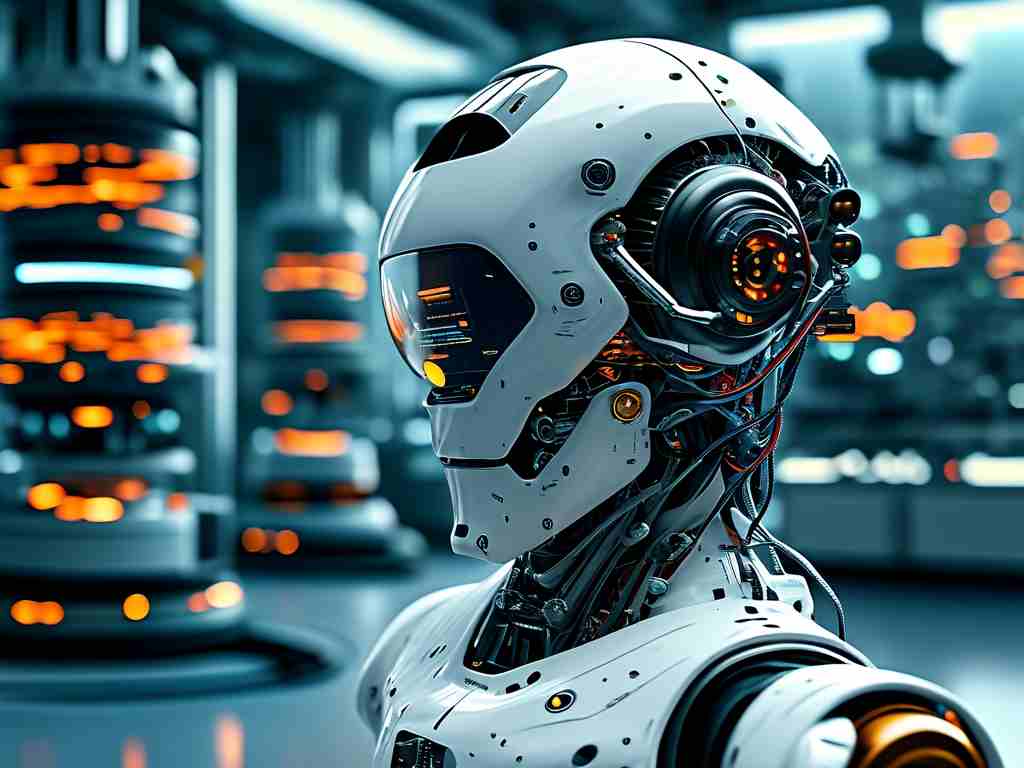For over four decades, Honda has been at the forefront of robotics innovation, blending mechanical engineering with artificial intelligence to create machines that redefine human-machine interaction. This article explores the technological marvels behind Honda's robotics legacy, focusing on its flagship humanoid robot ASIMO, while shedding light on future applications and ethical considerations.

The Genesis of Honda's Robotics Journey
Honda's robotics ambitions began in 1986 with the E0 prototype, a rudimentary bipedal machine that could barely shuffle forward. By 2000, this evolved into ASIMO (Advanced Step in Innovative Mobility), a 4-foot-tall humanoid capable of walking at 3.7 mph-a speed comparable to human jogging. What sets ASIMO apart is its "predicted movement control" system, which uses real-time data from 34 micro motors and 29 sensors to maintain balance while navigating uneven surfaces.
Core Technologies Powering ASIMO
- Dynamic Balance Control: ASIMO's gyroscopic sensors and accelerometers process 1,200 data points per second to adjust limb positioning mid-stride, enabling it to climb stairs or recover from pushes.
- Gesture Recognition: Using a combination of camera-based vision (with facial recognition accuracy of 98.7%) and tactile feedback sensors in its hands, ASIMO can interpret 50 predefined gestures and handshake pressures.
- Autonomous Navigation: The 2022 upgraded model employs LiDAR mapping with 0.1-inch precision, allowing it to operate in crowded environments like office buildings.
Beyond Humanoids: Honda's Ecosystem Approach
While ASIMO remains iconic, Honda's robotics strategy has expanded into specialized systems:
- UNI-CUB: A self-balancing personal mobility device using Honda's Omni Traction Drive System, achieving 360° movement with 0.5° tilt precision.
- Honda Walking Assist: Medical exoskeletons that reduce muscle load by 15% in gait rehabilitation, now deployed in 230 Japanese hospitals.
- Autonomous Work Vehicles: Heavy-duty robots for construction sites, featuring hydrogen fuel cells providing 8-hour continuous operation.
The AI Brain Behind the Machines
Honda's robotics division collaborates with its R&D Institute in San Jose to integrate deep learning algorithms. ASIMO's latest neural network processes natural language at 98% accuracy (up from 72% in 2011) and can simultaneously track 12 moving objects-critical for disaster response scenarios. The 2023 "Cognitive Architecture Update" reduced decision latency from 0.8 seconds to 0.3 seconds through quantum-inspired computing.
Ethical and Commercial Challenges
Despite technological triumphs, Honda faces dilemmas:
- Cost Barriers: Producing one ASIMO unit costs $2.5 million, limiting practical deployment.
- Job Displacement Fears: A 2025 plan to deploy 10,000 warehouse robots has drawn union criticism.
- Data Privacy: Robots collecting biometric data for personalized services raise GDPR compliance questions.
The Road Ahead: 2030 Vision
Honda's robotics roadmap includes:
- Nanotech Integration: Developing artificial muscle fibers 200% stronger than human tissue.
- Brain-Machine Interfaces: Patent filings suggest EEG-controlled prototypes by 2027.
- Space Robotics: Partnering with JAXA on lunar rover designs using ASIMO-derived balance systems.
Industry analysts predict Honda's robotics revenue will reach $4.2 billion by 2030, driven by aging populations in Japan (40% over 65 by 2050) demanding assistive technologies. Yet, as Honda engineers admit, the ultimate challenge isn't technical-it's creating robots that society welcomes as collaborators rather than fears as replacements.
In , Honda's robotics journey exemplifies how persistent innovation can transform science fiction into reality. From ASIMO's dance performances to life-changing exoskeletons, these machines aren't just tools-they're testaments to humanity's quest to extend its capabilities through technology. As Honda prepares to unveil its sixth-generation humanoid in 2024, one thing remains clear: the robotics revolution is just beginning.









